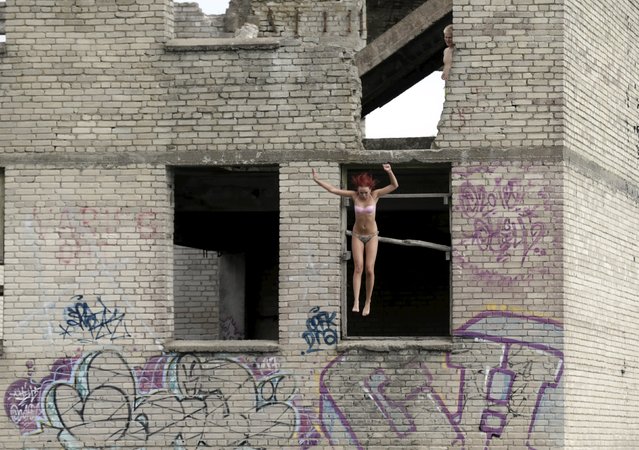
A man pours wine into the hands of a women as they sit in a hot bath with coloured water representing wine at the Hakone Kowaki-en Yunessun spa resort during an event marking Beaujolais Nouveau Day in Hakone west of Tokyo, November 19, 2015. (Photo by Thomas Peter/Reuters)
21 Nov 2015 08:01:00,post received
0 comments







